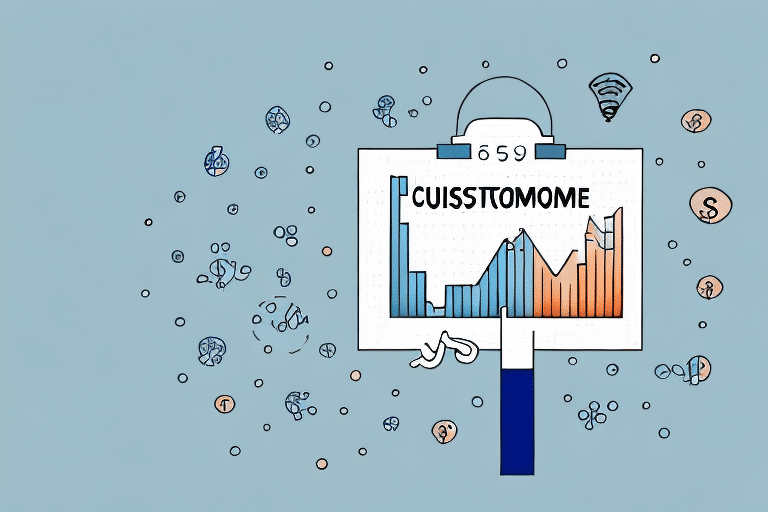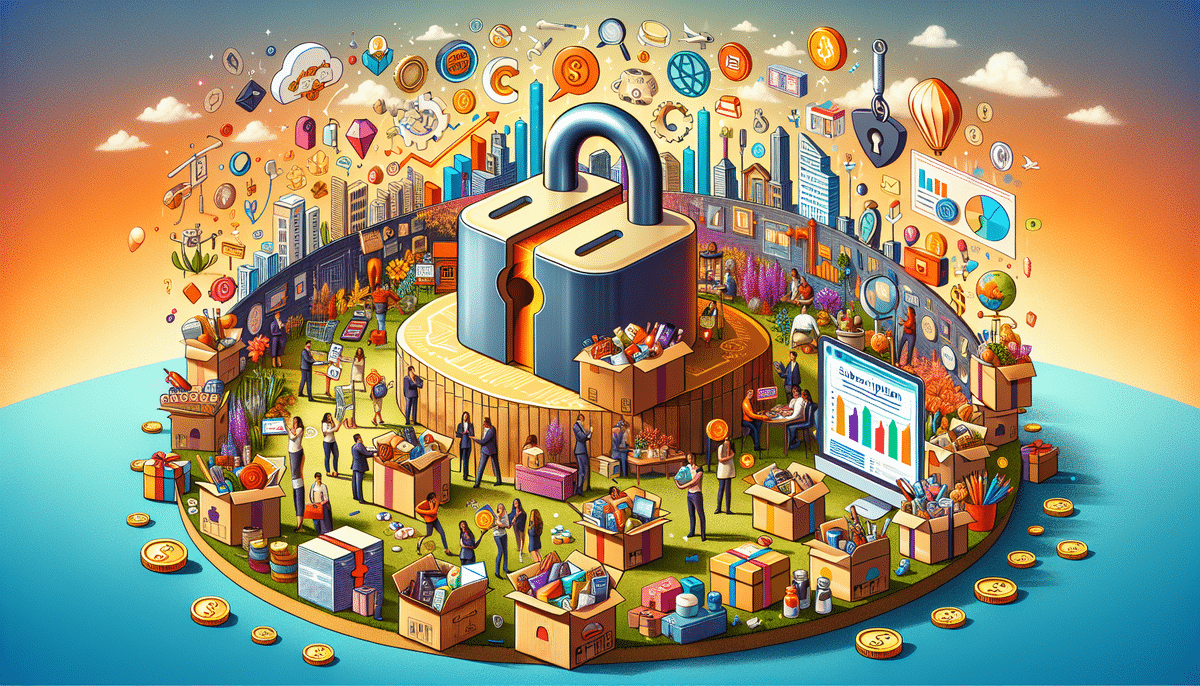Why Customer Retention is Crucial for Business Success
In today's highly competitive business landscape, customer retention has become more critical than ever. Retaining existing customers is not only more cost-effective than acquiring new ones but also leads to higher profitability and sustained business growth.
Cost-Effectiveness
Acquiring new customers often requires significant marketing and advertising expenses. According to a study by Forbes, acquiring a new customer can be five to seven times more expensive than retaining an existing one. By focusing on retention, businesses can reduce marketing costs and improve their bottom line.
Revenue Stability and Growth
Loyal customers provide a steady stream of revenue. They are more likely to make repeat purchases and invest in higher-ticket items. A report by Harvard Business Review highlights that increasing customer retention rates by just 5% can lead to a profit increase of 25% to 95%.
Building Strong Customer Relationships
Retaining customers helps build stronger relationships based on trust and loyalty. These relationships lead to increased customer satisfaction and higher lifetime value. Satisfied customers are also more likely to become brand advocates, promoting your business through positive word-of-mouth.
Gaining Valuable Customer Feedback
Long-term customers provide valuable feedback that can help businesses improve their products and services. This feedback loop allows companies to adapt to changing customer needs and preferences, ensuring ongoing relevance and competitiveness in the market.
Key Elements of a Customer Retention Model
A comprehensive customer retention model is essential for keeping customers engaged and satisfied. Here are the key elements that contribute to a successful retention strategy:
Identifying Your Most Valuable Customers
Start by segmenting your customer base to identify those who generate the most revenue and exhibit strong loyalty. Factors such as purchase frequency, average transaction value, and engagement levels can help pinpoint these valuable customers.
Investing in Retention Over Acquisition
Allocate more resources to retention initiatives like personalized communication and loyalty programs. This shift not only reduces acquisition costs but also enhances customer lifetime value.
Analyzing Customer Data
Leverage data analytics to gain insights into customer behavior and preferences. Tools like Salesforce and HubSpot CRM can help track and analyze customer interactions, enabling more informed retention strategies.
Building Long-Term Relationships
Focus on delivering consistent value through high-quality products and exceptional customer service. Personalized experiences and proactive engagement are key to fostering long-term loyalty.
Creating a Loyalty Program
Implementing a loyalty program incentivizes repeat business. Offer rewards, discounts, and exclusive perks to encourage customers to stay engaged with your brand.
Strategies for Enhancing Customer Retention
Implementing effective strategies is crucial for improving customer retention rates. Here are some proven methods:
Excellent Customer Service
Provide timely and effective support to address customer inquiries and resolve issues. Exceptional customer service builds trust and encourages repeat business.
Personalized Experiences
Use customer data to tailor interactions and offerings. Personalized recommendations and targeted marketing campaigns resonate more with customers, enhancing their overall experience.
Consistent Product Quality
Ensure that your products and services consistently meet or exceed customer expectations. Reliable quality fosters trust and reduces the likelihood of churn.
Engagement Through Multiple Channels
Engage with customers across various platforms, including social media, email, and chat. Multiple touchpoints increase opportunities for interaction and strengthen the customer relationship.
Measuring the Success of Your Customer Retention Model
Assessing the effectiveness of your retention strategies is essential for continuous improvement. Key metrics include:
Retention Rate
The percentage of customers who continue to do business with your company over a specific period.
Churn Rate
The rate at which customers stop doing business with your company. Reducing churn is a primary goal of retention strategies.
Customer Lifetime Value (CLV)
CLV represents the total revenue a customer is expected to generate during their relationship with your business. Increasing CLV is indicative of successful retention efforts.
Common Mistakes to Avoid in Customer Retention Strategies
Avoiding common pitfalls is crucial for the success of your retention initiatives:
Assuming All Customers Are the Same
Each customer has unique needs and preferences. Avoid a one-size-fits-all approach by tailoring your retention strategies to different customer segments.
Neglecting Customer Service
Exemplary customer service is fundamental to retention. Failing to prioritize support can lead to increased churn and negative word-of-mouth.
Failing to Measure Success
Without tracking key metrics, it's impossible to gauge the effectiveness of your retention strategies. Regularly analyze data to identify areas for improvement.
Implementing a Customer Retention Model for Businesses of All Sizes
Whether you're a small startup or a large corporation, implementing a customer retention model tailored to your resources and goals is essential:
For Small Businesses
- Identify Key Customers: Focus on your most valuable customers and prioritize their needs.
- Keep It Simple: Implement straightforward retention tactics like personalized emails and loyalty discounts.
- Utilize Automation: Use affordable tools like Mailchimp to automate communication and manage loyalty programs efficiently.
For Large Companies
- Leverage Advanced Technology: Utilize sophisticated CRM systems and data analytics platforms to manage large customer bases effectively.
- Invest in Dedicated Teams: Employ specialized staff to focus on customer retention and relationship management.
- Enhance Personalization: Use AI and machine learning to deliver highly personalized experiences at scale.
The Future of Customer Retention: Trends and Predictions
The landscape of customer retention is evolving with technological advancements and changing consumer behaviors. Here are some key trends to watch:
Increased Personalization
Advancements in AI and data analytics will enable even more personalized customer interactions, catering to individual preferences and behaviors.
Mobile Optimization
As mobile usage continues to rise, optimizing retention strategies for mobile platforms will become increasingly important.
Artificial Intelligence and Automation
AI-driven tools will play a significant role in predicting churn, automating personalized communications, and enhancing overall customer experience.
Conclusion
Crafting an effective customer retention model is essential for sustaining business growth and building a loyal customer base. By understanding the importance of retention, implementing key strategies, and leveraging data-driven insights, businesses can enhance customer satisfaction and drive long-term success. As the market continues to evolve, staying ahead of retention trends and continuously refining your approach will ensure your company remains competitive and resilient.







